I thought I knew the history of the years 1914 to 1945: the first world war and the terrible casualties in the trenches; the second world war and the German conquest of Europe; day and night bombing; Stalingrad and the Holocaust. But I’m embarrassed to say that I knew nothing about the tragedy in Galicia in Eastern Europe. Unlike the Nazi genocide, much of the killing took place between neighbour and neighbour: Jews, Poles and Ukrainians destroyed each other with increasing ferocity and brutality between 1914 and the 1940s. The beautiful city of Buczacz in Eastern Galicia, with its Roman Catholic, Greek Orthodox and Jewish shrines, ended as a gigantic ruin.
Shmuel Yosef Agnon, the Israeli novelist, dedicated his last book, The City Whole, published posthumously in 1973, to his home town Buczacz:
I closed my eyes, so that I would not see my brothers, my fellow townsmen, because of my bad habit to see my city and its slain. And so I closed my eyes and called my city to stand before me with all its inhabitants, with all its houses of prayer.
Omer Bartov, the distinguished military historian, came from a family that had lived in Buczacz but emigrated to Israel. One day, he asked his mother about her life there. This conversation caught Bartov’s imagination. Anatomy of a Genocide emerged from the gradual collection of evidence over two decades, in three continents and nine countries. Much still existed in archives, and survivors of the genocide emerged to talk. The result is breathtaking, painful and astonishing, written partly by the participants in their various languages.
Bartov begins by explaining that
the Jews did not live segregated from the Christian population; the entire notion of a shtetl existing in some sort of splendid (or sordid) isolation is merely a figment of Jewish literary and folkloristic imagination. Integration was what made the existence of such towns possible. It was also what made the genocide there, when it occurred, a communal event, both cruel and intimate, filled with gratuitous violence and betrayal as well as flashes of altruism and kindness.
Buczacz had enjoyed the good will of the great Potocki lords, who extended the privileges for the Jews and allowed them protection and a ‘fortress synagogue on the Strypa River’. In 1867, Jews were granted full citizenship under the new Austro-Hungarian constitution. But by 1914, unrest and nationalism had begun to sever the easy ties among the ethnic groups.
Antoni Siewinski, the Polish principal of the boys’ school before the first world war, kept a private diary. His school taught all three nationalities: ‘Prewar Buczacz was dominated by Jews who owned all the handsome stone houses in the city centre with their numerous well-stocked stores.’
The Eastern Front turned into a catastrophic charnel house. Russian forces turned on civilians and random violence among the ethnic groups led to the cruel and chaotic treatment of the Jews — and finally the creation of a ghetto. Siewinski recorded in his diary: ‘The Jews were herded together like sardines in a can… they now lived in extremely filthy and crowded conditions. Every day numerous corpses were carried to the Jewish cemetery and buried there.’
A Russian regiment returning in February 1915 from the Carpathians destroyed the school. As Siewinski wrote:
Within a few days the beautiful school was unrecognisable, because the soldiers destroyed everything, plundered the bookcases and bookshelves, burned the school files in the oven, threw the school benches into the yard, where they were taken apart and also burnt in the oven… and answered nature’s call straight out of the window. Eight hundred wounded Russians died in the school corridors crying ‘Mama! Mama!’ This was a terrifying sight.
The League of Nations failed in its promise to grant the Ukrainians self-determination, and in 1923 passed sovereignty over the whole area to Poland.
In 1930, Poles represented only a third of eligible voters. Ukrainian children were forced into non-state schools, but the Polish state claimed — falsely — that relations between Poles and Ukrainians were good. By 1938, Ukrainian nationalists had turned to Nazi Germany.
After the defeat of Poland, on 19 September 1939, the Red Army occupied Buczacz under the terms of the Molotov-Ribbentrop Pact and the Jews greeted them with enthusiasm, ‘rejoicing that Hitler had not come to the city’. Jewish communists took over city jobs, to the fury of the Poles.
The Soviets, according to Father Ludwik Rutyna, relied on Jews to identify whom to arrest:
I saw how they threw their captives like cattle into the truck and sat on top of them with their rifles and took them away. These were teachers, people from the administration whom they unfortunately all later slowly murdered.
Polish citizens were deported to Kazakhstan, Siberia and the far north of the USSR, ‘all within a space of 21 months’.
On 22 June 1941, the Wehrmacht crossed the Soviet frontier and caught the Red Army and Air Force unprepared. On the night of 4-5 July 1941 Ukrainians seized control in Buczacz and murdered any Russians, Jews or Poles they caught. Blue and yellow flags were hoisted and an independent Ukrainian state proclaimed. A national parade was staged on 20 July, watched by the Nazis on the tribune.
German occupiers introduced pit-killings of Jews and Poles:
The normalisation of murder, the removal of Jews as part of a day’s work, as entertainment, as background noise to drinking bouts or amorous relationships, along with puzzlement at the Jews’ conduct, mixed with anger at making it so easy to kill them — they were part and parcel of the German experience of genocide, rarely reflected in post-war ruminations, let alone historiography.
The massacres which now unfolded defy the imagination. Jewish babies, children and the old were murdered randomly in huge numbers by the local German police, not the Sicherheitsdienst as protocol demanded. People who knew the victims often did the killing.
Dozens of inhabitants recorded what they saw in diaries or photographs. Omer Bartov has, like Agnon, preserved their stories and pictures.
Got something to add? Join the discussion and comment below.
Get 10 issues for just $10
Subscribe to The Spectator Australia today for the next 10 magazine issues, plus full online access, for just $10.
You might disagree with half of it, but you’ll enjoy reading all of it. Try your first month for free, then just $2 a week for the remainder of your first year.

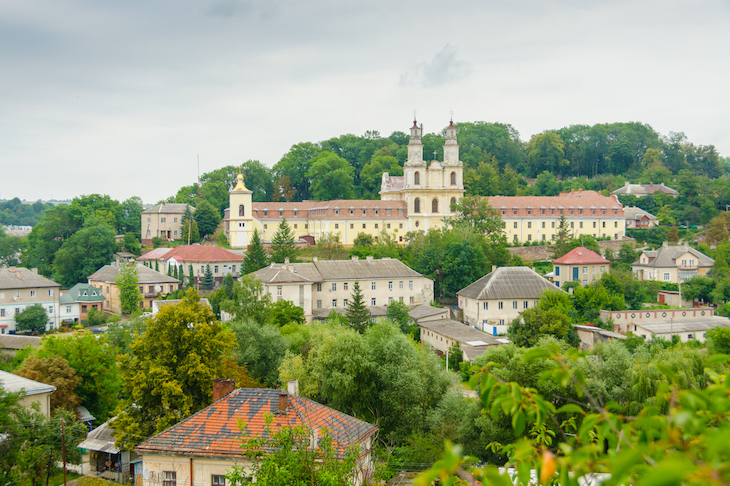
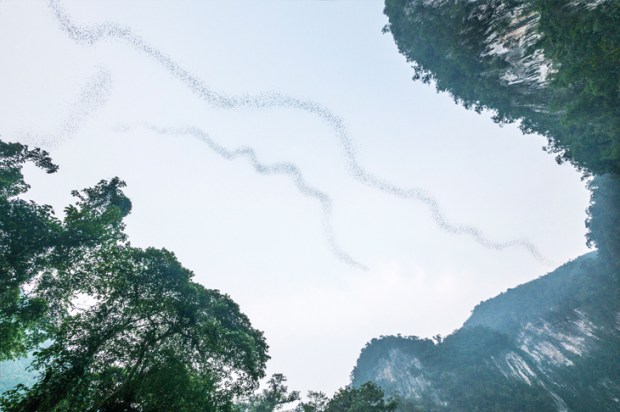

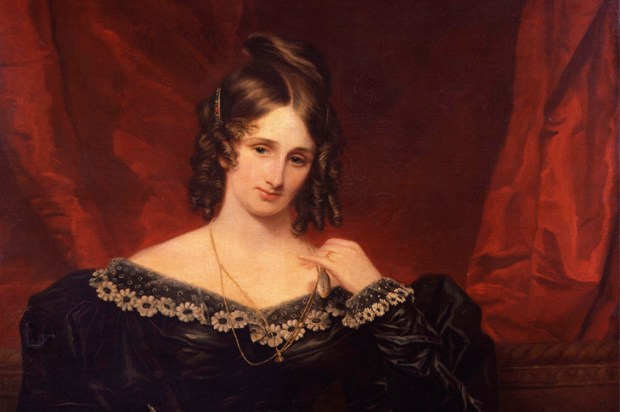
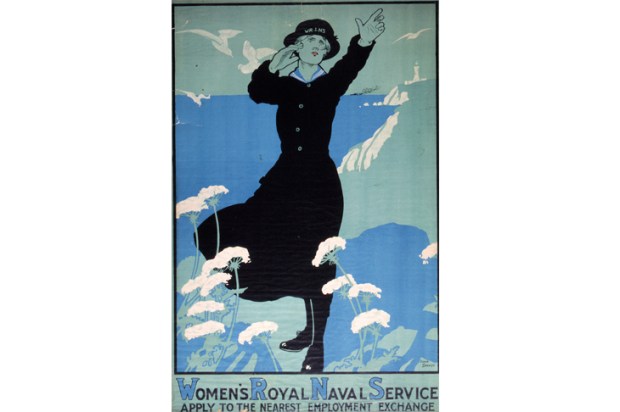
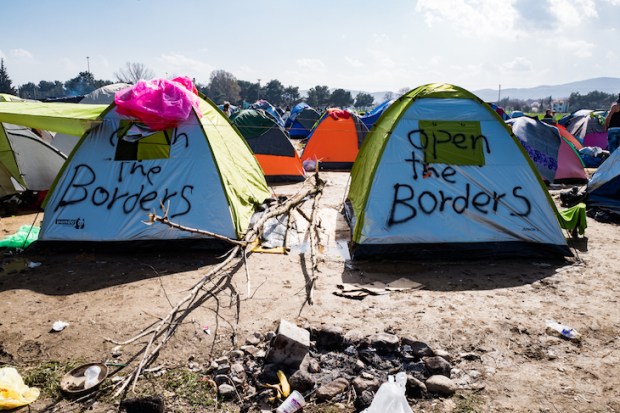
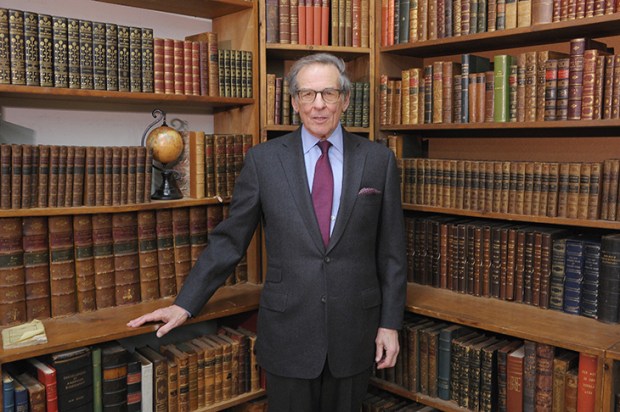






Comments
Don't miss out
Join the conversation with other Spectator Australia readers. Subscribe to leave a comment.
SUBSCRIBEAlready a subscriber? Log in